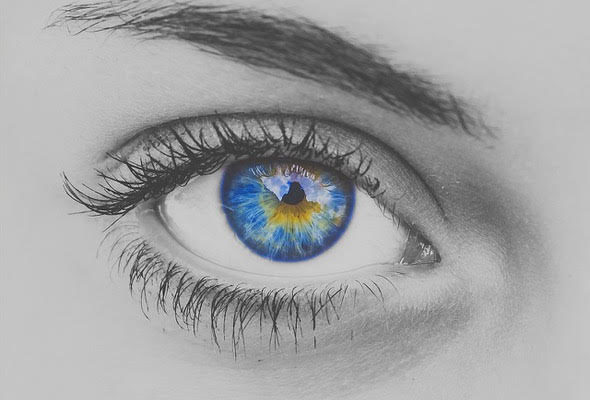Are you busy searching online for ways to help your eye strain? Then you are doing it all wrong.
Too much reading and screen work can seriously harm the health of your eyes. It could also affect your mental health from information overload and that hunger for more, prolonging screen time and eating into valuable relaxation.
Computer vision syndrome is estimated to affect 75% of people, especially over 40. And did you know that we blink 66% less while working on screen which causes eyes to become dry. Reflections off our screens can cause squinting and poor posture. Smartphones, tablets, gaming screens, TVs – the more gadgets we have the more we are likely to damage our precious eyes.
Focusing on a screen is harder on the eyes than focusing on a book or a printed page. This is due to screen glare or reflection, reduced contrast between digital text and background and slightly blurry text on screens.
This places a higher level of strain on eye muscles and with poor lighting and seating posture, other problems are compounded.
Here are a few suggestions to refresh your screen habits:
Limit your screen time. Try to take frequent breaks from your screen – the 20-20-20 rule is a handy reminder to give your eyes a break. Every 20 minutes, look at something different 20 feet away, for 20 seconds, giving your eyes a moment to relax and readjust.
Keep your screen free of dust and smudges
Give your eyes a home spa treatment with cool refreshing eye pads
Blinking is important for eye lubrication. People naturally blink about 15 times per minute.
Use a humidifier which can help keep eyes moisturized if the room is dry and warm.
Glare and reflection, often caused by bright lights and sunlight can make it harder to read your computer screen. An anti-glare screen filter may help. Flat screens have less glare
Controlling the brightness and contrast of your screen will decrease focusing demand. Ideally, your screen should have about the same brightness as the room you’re in.
Adjust the height and distance of your monitor to a comfortable position. Your monitor should be an arm’s length away from your face while the top of the screen should be slightly below eye level. Tipping your head will cause neck and shoulder pain.
Modern technology has increased our digital communications but at a price. Thankfully computer vision syndrome can be prevented and is treatable.
Treat your eyes right.





